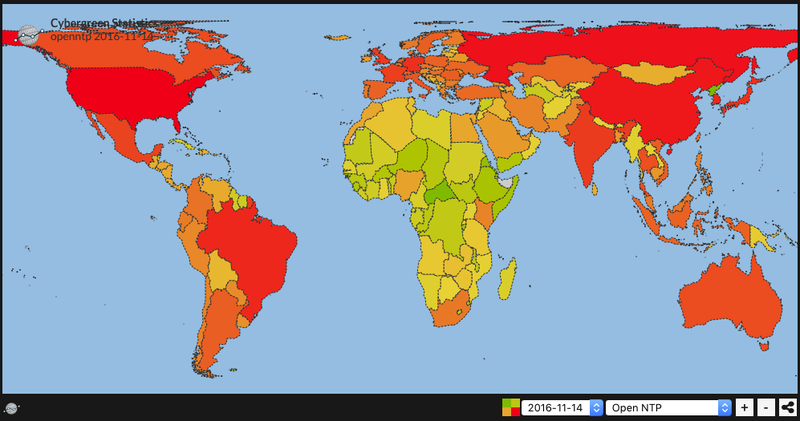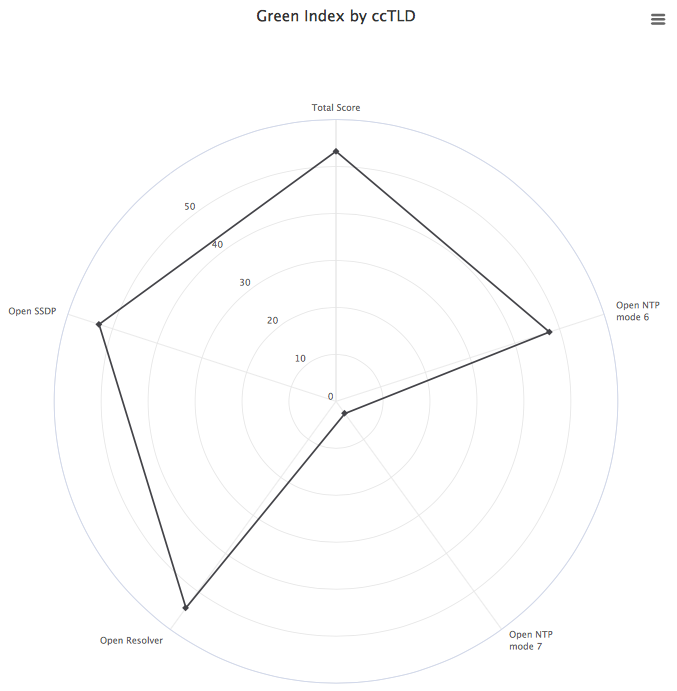Update from the CyberGreen Project
Hi, this is Moto Kawasaki from Global Coordination Division. It has been a little while since I wrote about the CyberGreen Project last time, and I would like to update the achievements of the Project.
The most impressive news in the first half of this fiscal year 2016 (Apr-Sep in Japan) is the renewal of its web site. Please have a look at the Info site and you'll find nice pages introducing distinguished advisers and board members of the Project, the mission statement and Project goals, and much more.
 |
It is a good summary and outcome of what we have been aiming for years, and especially the Blog page shows cutting-edge stories around the Project, including investments not only from JPCERT/CC over the years, but also from the newly-joined Foreign & Commonwealth Office of the United Kingdom and Cyber Security Agency of Singapore, which proves the project is well-supported by various organizations.
If you click the Statistics tab, you'll find the Stats site that describes the Beta-2 version of the statistics with a colored map and scores by region and by AS number. These scores are based on the data from the Open Resolver Project and other data sources, as listed in the Data Inventory page. The calculation algorithm is described in the About page, and the score is a kind of density as per the formula: the natural logarithm of the number of open servers found in a region over the natural logarithm of the maximum number of nodes per country in that region, which is expressed by the score between 0 (best) and 100 (worst).
 |
 |
With these renewed sites, we had several promotions such as CyberGreen Workshop at the APCERT Annual General Meeting & Conference 2016 (please find a blog post on the Conference here), a session on “CyberGreen: Improving Ecosystem Health through Metrics based Measurement and Mitigation Support” at the FIRST Regional Symposium for Arab and African Regions, and another CyberGreen Index proposed as “Measuring CyberGreen Readiness” at the 9th Annual National Conference on Cyber Security, Sri Lanka.
 |
In addition to the continued efforts by the CyberGreen Project team, there was another big news: “CyberGreen Metrics v.2 Method and Report Finalized.” As described in the news page, we will see another revision in the Info and Stats sites, hopefully in early 2017.
As such, we wish you to join CyberGreen to make the Internet safer together.
Thank you very much.
- Moto Kawasaki

